
|
Different Volleyball Defenses
| |
|
[BACK]
Perimeter Volleyball perimeter defense is a fundamental component of the game, crucial for preventing opponents from scoring points. It involves the strategic placement of players along the net and backcourt to block and dig incoming attacks effectively. In this article, we'll delve into the principles and strategies that make up volleyball perimeter defense, helping players and teams solidify their presence on the court and enhance their defensive prowess. Base: 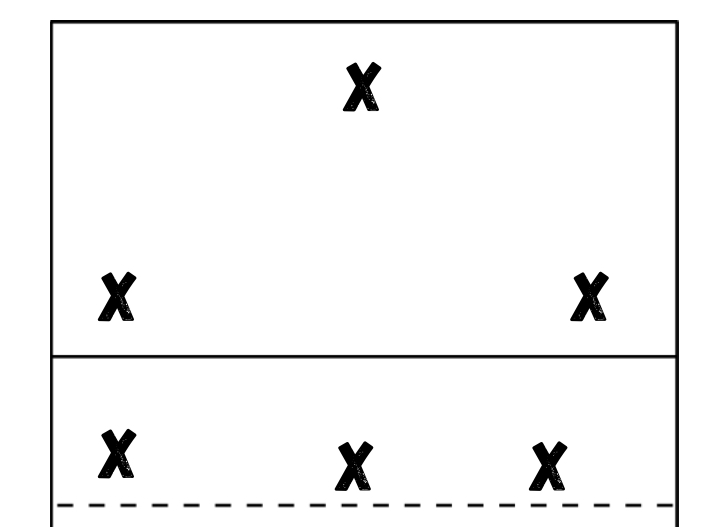 Defense Vs OH: 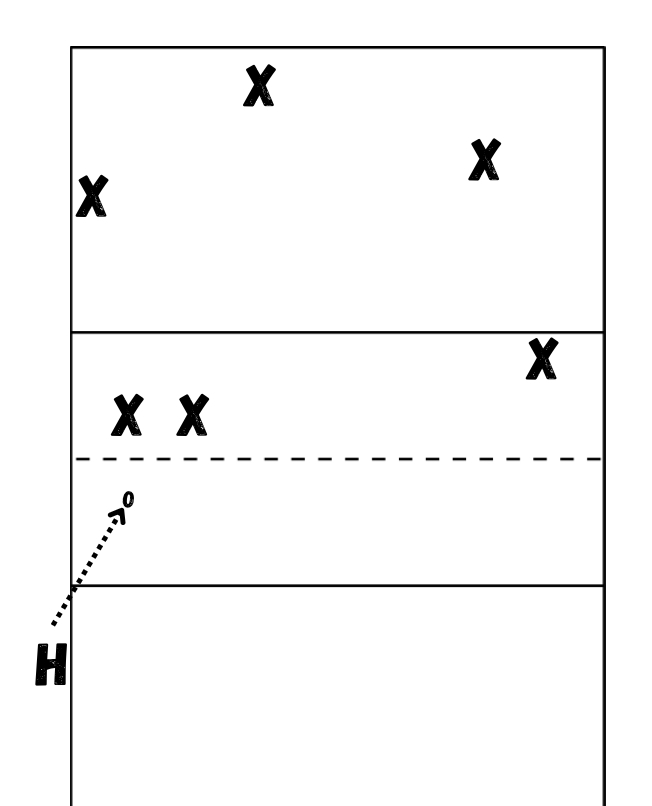 Defense Vs RH: 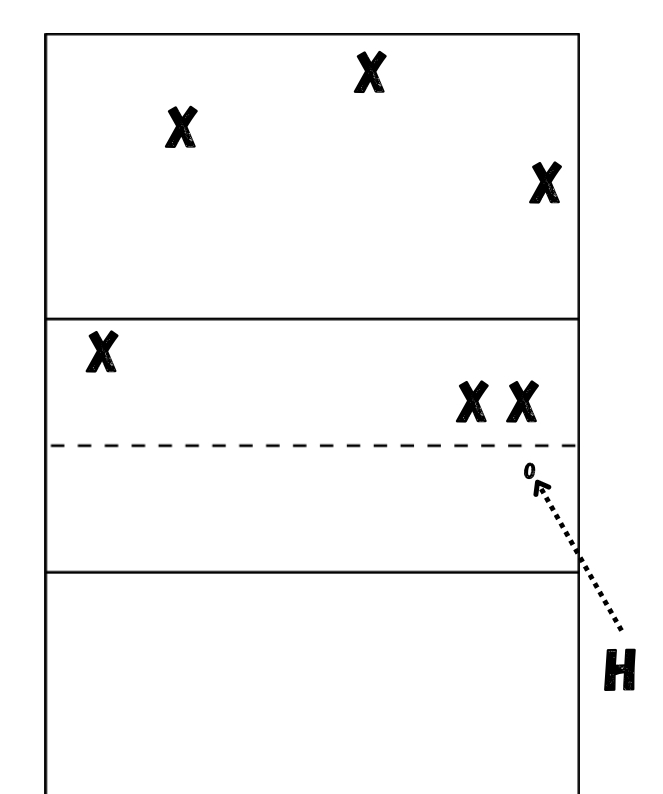 Defense Vs MH: 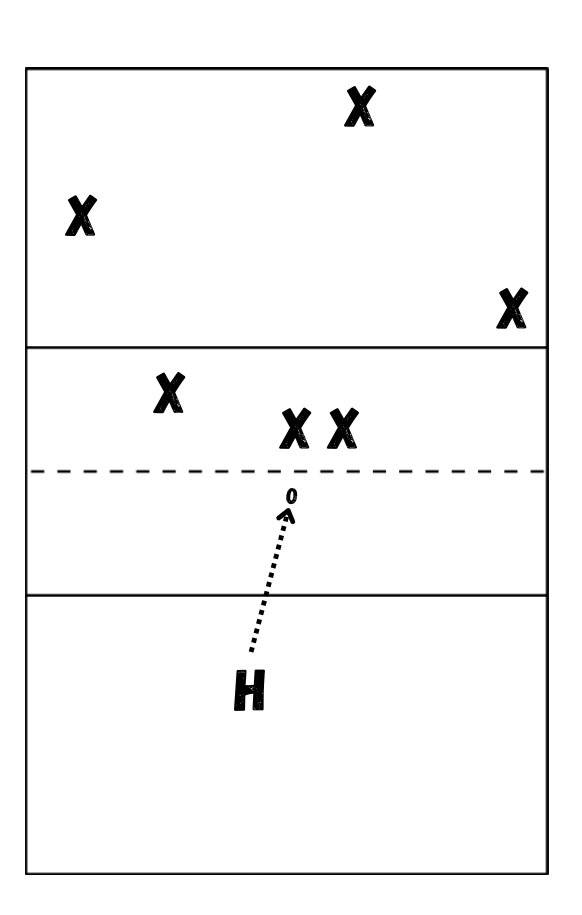 The standard Perimeter defense pulls 4 players back to the perimeter. The off blocker stays back, but pulls up in Perimeter Hybrid" defense which is typical of what most teams do when they indicate they are running a perimeter defense. For more information on each volleyball defense, Click here for our ebook about "Volleyball Defenses" **Advantages of Perimeter Volleyball Defense:** 1. Effective Against Deep Attacks: It is particularly effective in guarding against powerful and deep attacks from the opposing team. Back-row players are strategically positioned to receive and control these hits. 2. Coverage of Backcourt: Perimeter defense provides extensive coverage of the backcourt, making it harder for the opposing team to find open spaces for their shots. 3. Smooth Transition to Offense: Successful defensive plays in the perimeter defense allow for quick transitions to offense, as the back-row players can set the ball to their teammates at the net. 4. Adaptable: This defense can adapt to various types of attacks, including both strong atracks and deep shots. 5. Teamwork and Communication: It encourages teamwork and communication among players in the back row, as they must coordinate to cover different zones effectively. 6. Suitable for All Skill Levels: The perimeter defense is suitable for players of all skill levels, making it a fundamental and versatile defensive strategy in volleyball. **Disadvantages of Perimeter Volleyball Defense:** 1. Vulnerability to Short Shots: One of the main weaknesses is its vulnerability to short shots and dinks. The back-row players may struggle to cover the area close to the net, making them susceptible to well-placed tips and roll shots. 2. Dependency on Back-Row Players: The effectiveness of a perimeter defense heavily relies on the skills and positioning of the back-row players, which can be a disadvantage if they are not strong defensively. 3. Reduced Presence at the Net: With three players in the back row, there are fewer offensive options at the net, which can affect the team’s blocking capabilities. 4. Complexity of Rotation: The transition from defense to offense during rotations can be complex, as players need to switch positions and maintain proper spacing. 5. Can Be Predictable: Skilled opponents might predict the areas that the back-row players are likely to defend, potentially making it easier for them to exploit gaps. For more information and diagrams for each volleyball defense, Click here for our ebook about "Volleyball Defenses" |

Amazon associate 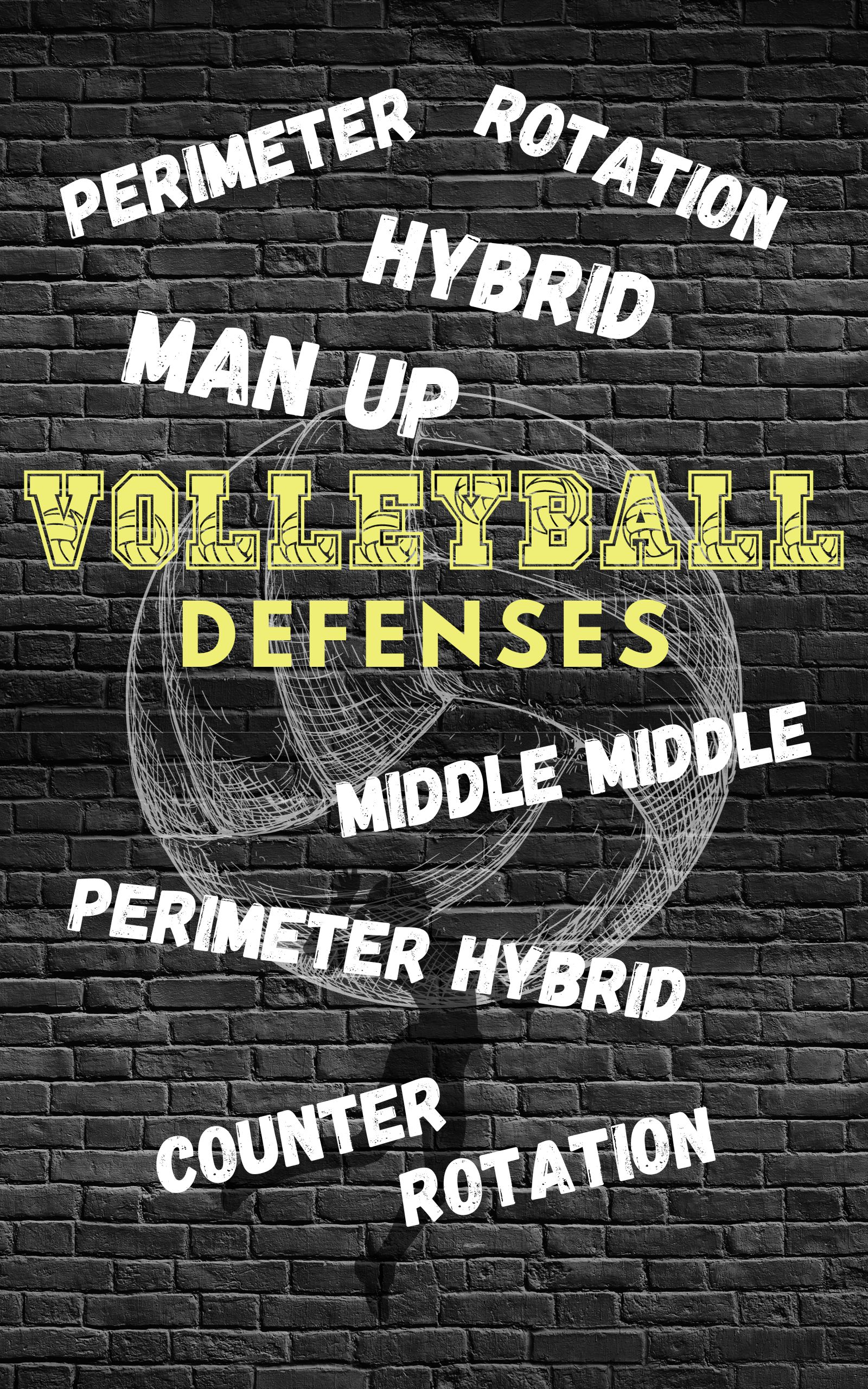 Purchase Ebook on Amazon Purchase Ebook on Amazon
|

|
Volleyball techniques Volleyball strategies Volleyball drills Volleyball skills Volleyball fundamentals Volleyball tips Volleyball training Volleyball coaching Volleyball playbook Volleyball exercises Volleyball equipment Volleyball gear Volleyball practice Volleyball coaching tips Volleyball playing tips Volleyball tutorials Volleyball lessons Volleyball techniques for beginners Volleyball skills development Volleyball coaching tools Volleyball teaching aids Volleyball improvement tips Volleyball tactics Volleyball game strategies Volleyball mental preparation Volleyball injury prevention Volleyball nutrition tips Volleyball warm-up routines Volleyball conditioning exercises Volleyball recovery techniques About Us |








